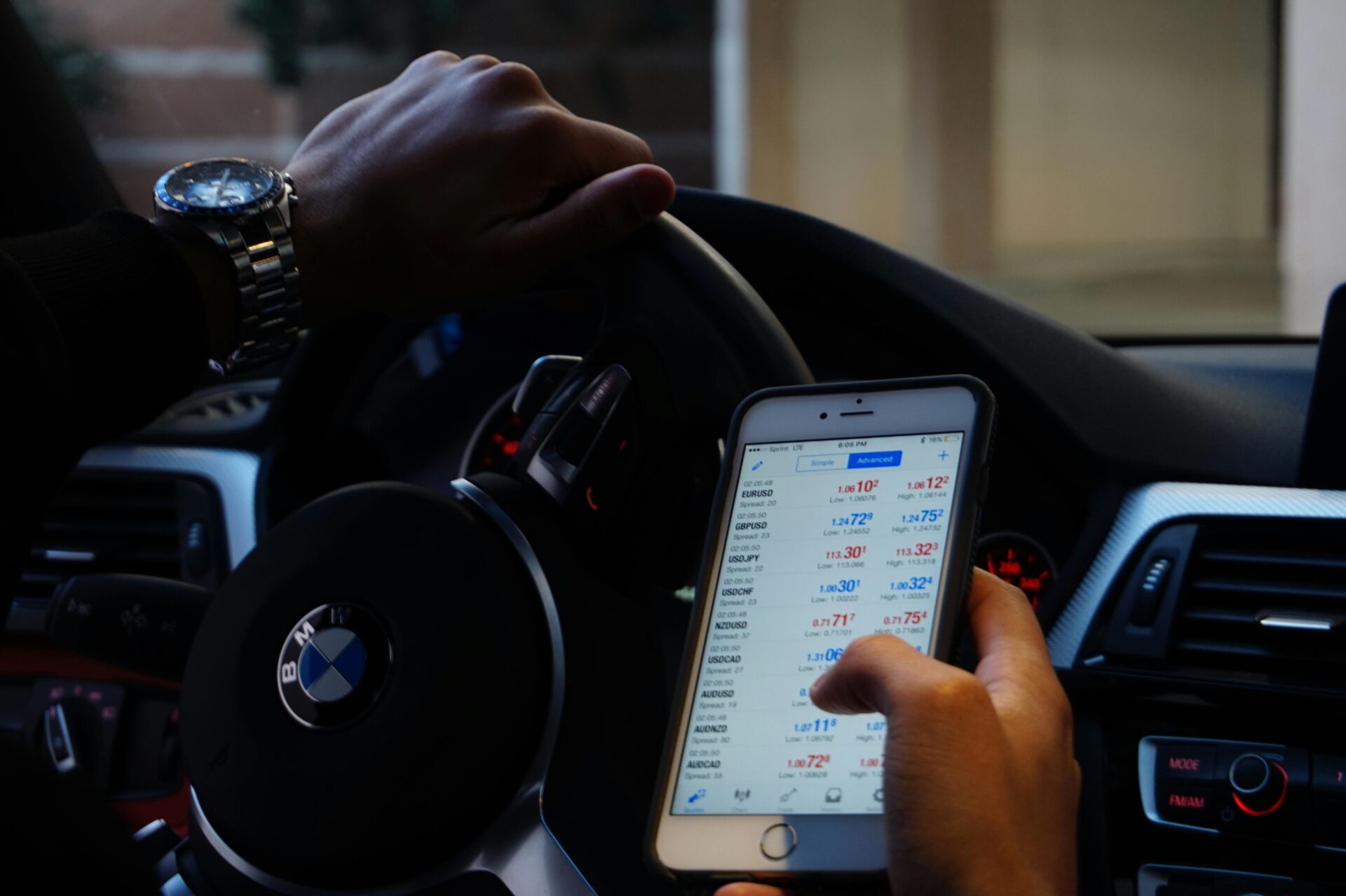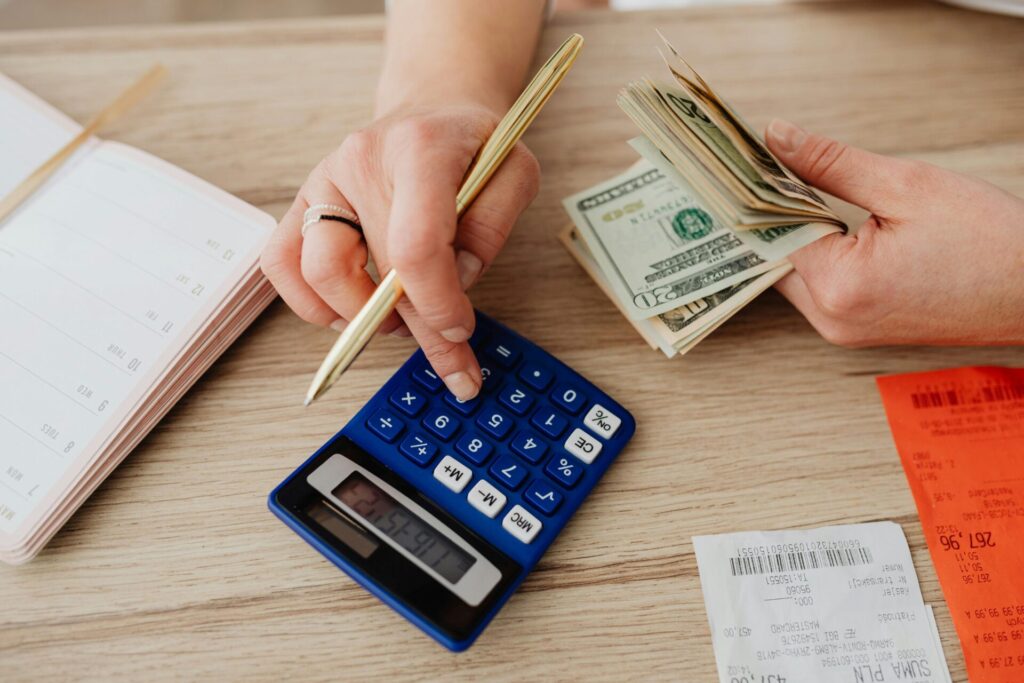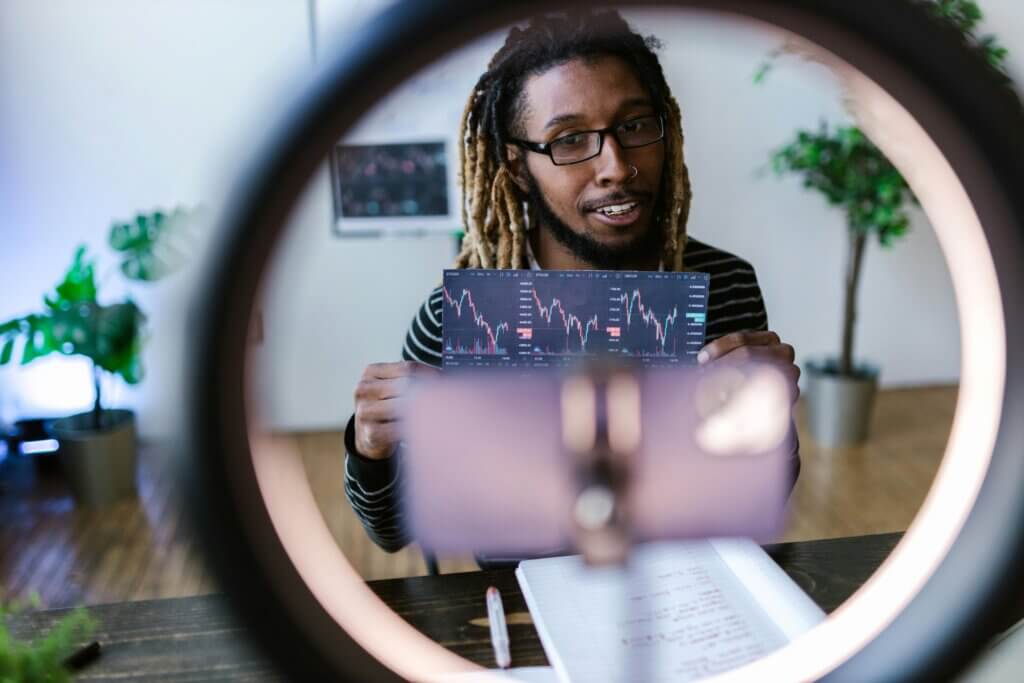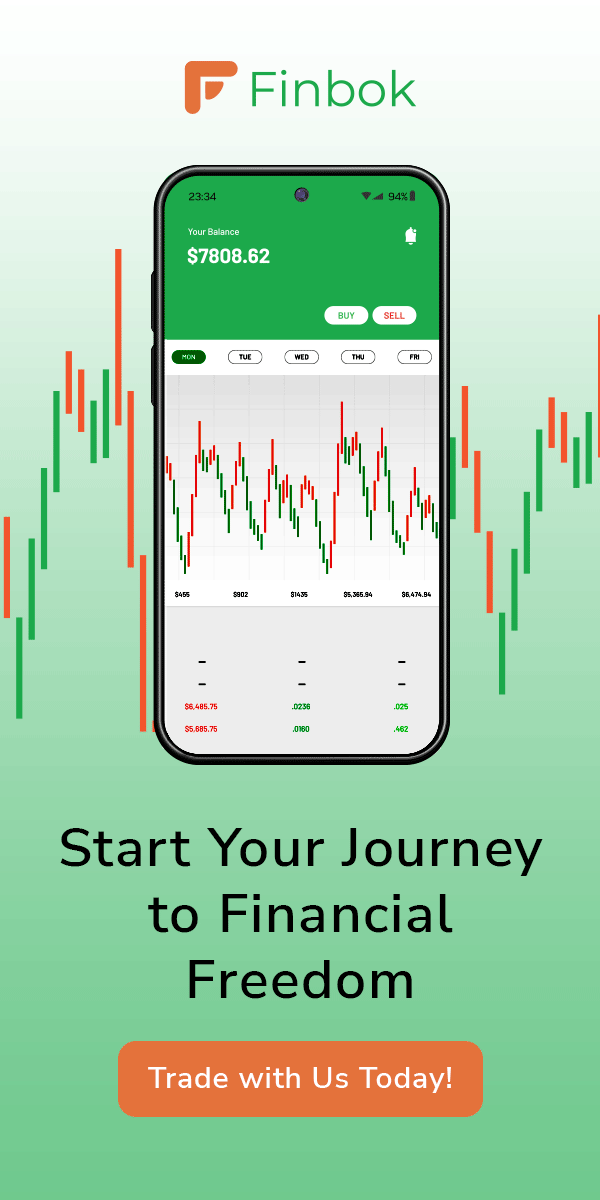Do you want to try Forex trading but are not really sure how to start? You may have heard many people telling you about Forex trading, and how exciting it is.
Trading for Beginners: The Ultimate Guide to Getting Started with Confidence
So you’ve decided to give it a go, but then you realize you don’t know where to begin. It seems so complicated – so many things you need to know. The information overload becomes overwhelming.
Forex trading tips – your top guide
But no worries! By the time you get to the end of this guide, you will be armed with our top 5 Forex trading tips, guaranteed to boost your confidence and put you on the path to becoming a successful Forex trader. Let’s get started!
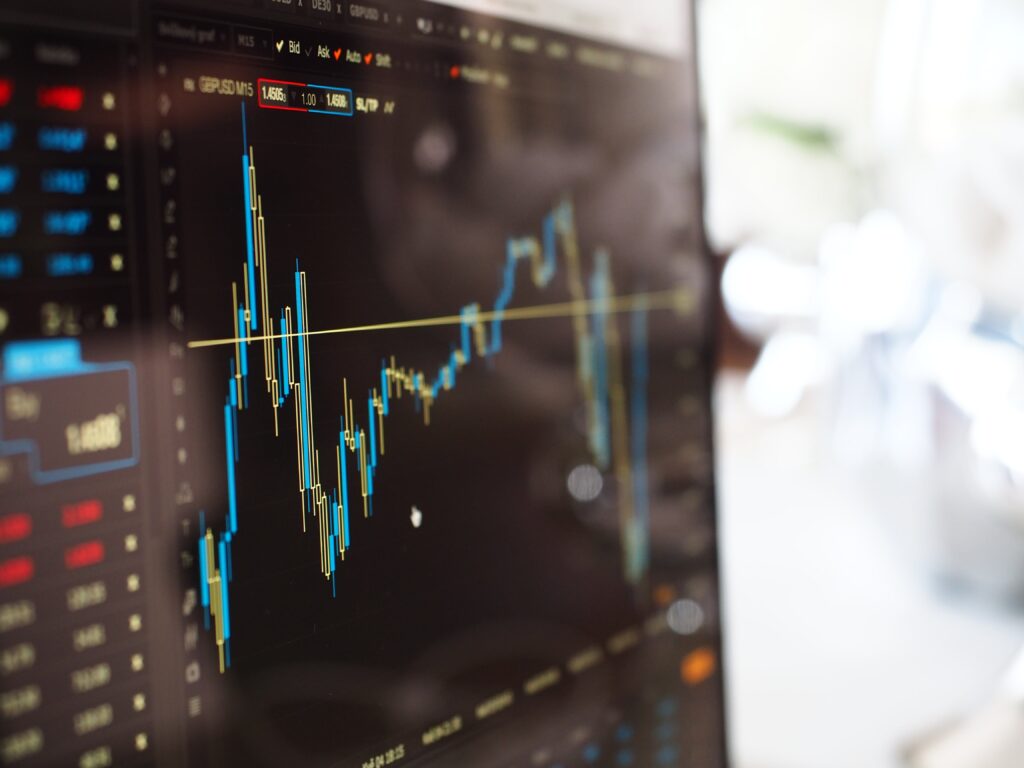
Step 1: Understand the Basics of Forex Trading
The first thing you should be doing before you start trading is to have a clear understanding of what Forex trading is. Forex, also known as foreign exchange, is a market for trading currencies.
It’s the largest market in the world with a daily trading volume of over $6 trillion.
Currencies are traded in pairs, and the idea is to make money off the fluctuations in exchange rates.
For instance, if you think the Euro is going to get stronger versus the US dollar, you would buy the pair EUR/USD.
For instance, when you hear people refer to ‘the euro against the dollar’, they’re really referring to a currency pair called the euro/dollar or EURUSD. The ‘euro’ is the base currency, and the ‘dollar’ is the quote currency.
The price for a currency pair is how much of the quoted currency it costs to buy one unit of the base currency.
So, if the EURUSD price is 1.2500, it means that it costs 1.2500 dollars to buy one euro. Traders use these price movements, as well as economic indicators and geopolitical events, to determine the direction in which a currency’s price is moving, or likely to move. This is what Forex trading is really all about.
Step 2: Choose the Right Forex Broker
One of the most important tips for Forex trading that you will read is also the simplest. You must choose your broker carefully. Your broker is the gateway to the Forex market, so you need one that is safe, regulated, and provides user-friendly software.
You need a broker that offers educational content, demo accounts, and good customer support. For inexperienced traders, we strongly recommend Finbok—a robust platform that takes the complexity out of trading.
When selecting a broker, consider the following factors:
– Regulation: Make sure the broker is regulated, for example by the Financial Sector Conduct Authority (FSCA) for South Africa. This will help you have more peace of mind that the broker is reputable and follows industry standards.
3. Trading platform: it has to be user-friendly, with a clear interface, and offer basic tools such as charts, indicators, and news feed.
– Customer Support: Good customer support can make a big difference, especially when you have issues or questions.
– Spreads and fees: A tight spread and low fees will make you more profitable.
Step 3: Learn How to Use a Demo Account
Always try a demo account first, where you trade with fake money. This, among other Forex trading tips, is absolutely essential for a beginner. You should take advantage of the demo account to familiarise yourself with the basic activities of Forex trading, feel comfortable with the platform and practise your strategies before you actually start to trade with real money.
A demo account serves several purposes:
– Practise your skill: It provides the opportunity to practise your trading skills without fear of losing money.
– Platform Familiarity: Get to know what features are available on the trading platform, how to place trades and how tools work.
– Strategy Testing: Have a demo account available where you can test various trading strategies under current market conditions, to see the pros and cons of each strategy, before transferring the live account.
Step 4: Develop a Trading Strategy
Lucky traders don’t last, only those who have a solid trading strategy. One of the best Forex trading tips is coming up with a plan. Before you even step on a trading floor or open a trading account, have a trading strategy in mind.
Your plan should contain all your trading goals, risk tolerance and trading style. You can be day trading, swing trading or investing long term – but you’ll always have a strategy.
Here are some components of a good trading strategy:
– Goal Setting: What do you want to get out of your trading? Do you want to make quick money or do you want to get rich slowly?
– Risk Management: Decide how much risk you want to put at stake on each trade. This should correspond to your overall risk tolerance and your personal financial situation.
– Entry and Exit Points: Set clear rules for entering and exiting trades. You can do this with a technical indicator, a certain price level or a fundamental view.
– Position Sizing: Decide what percentage of your trading capital you will commit to each trade. This is your risk-control step.
Step 5: Manage Your Risk
A lot of the above is pretty basic – the fact is that risk managing is incredibly important in Forex trading. You should never risk more capital than you can afford to lose. A simple rule of thumb is never to risk more than 1-2% of your trading capital on any one trade. You should always use stop-loss orders to prevent losing more than your original trade size.
That should be one of the very first lessons you learn in the world of Forex trading, and it really is one of the most important Forex trading tips that can help to protect you against catastrophic losses.
Effective risk management involves:
– Setting Stop-Loss Orders: Setting a stop-loss order when opening a trade automatically closes that trade when the price of the asset reaches a specific level. In doing so, a trader prevents any bigger loss in case the position moves against him.
Diversification: Don’t put all of your eggs in one basket, or all of your money into one trade, or all of your trades on one currency pair. It pays to diversify your trades across a variety of instruments.
– Check leverage: Leverage enables you to control a large position with just a small amount of capital. But you also need to understand that leverage increases your risk, so use it wisely.
Step 6: Keep Emotions in Check
Forex trading is emotional. When the market moves, it’s easy to get carried away. A winning trade can feel great, and a losing trade can be frustrating. One of the best trading tips for Forex is to stay calm. Don’t deviate from the strategy just because of the movement of prices.
Emotional trading can lead to:
– Overtrading (or excessive trading) is the inclination to split up your limited time for trading into smaller and smaller intervals. Once a trader reaches this stage, they are likely to be making bad decisions while seeking out more and more opportunities.
– Vendetta trading: Making aggressive trades trying to recover a loss, typically losing even more.
– FOMO (Fear of Missing Out): Finding yourself getting onto trades because of a fear of missing out on a move and not being in the trade.
Step 7: Stay Informed
The Forex market is highly dependent on world news, including economic data and geopolitical events.
Keeping up with the latest news and developments is also part of your educational process, in addition to your practical experience. One of the most pragmatic Forex trading tips is to follow financial news, subscribe to market analysis, and use economic calendars to keep track of key events.
Staying informed helps you:
– Forecast Market Movements: By being familiar with what shifts currency prices, you will be better equipped to forecast market movements and trade accordingly.
– Discover Trading Opportunities: via news and analysis, you can find trading opportunities by following market trends and economic data.
– Pivot Your Plan: As information updates, you may need to shift your trading plan to consider changing market conditions.
Step 8: Start Small
Start by trading small amounts of real money, just enough to test your strategies and get your feet wet in the market without putting too much capital at risk. Then gradually increase your trading size as you gain experience and confidence.
Starting small offers several benefits:
– Limited Risk: You only trade with what you can afford to lose.
Learning curve: you can start small and learn as you go – financial loss is minimal.
– Confidence Building: The bigger your position sizes, the more comfortable you’ll become with the trading process.
Step 9: Review and Adjust Your Strategy
Forex trading is a fluid process and your strategy needs to be constantly evolving while you’re learning. Regularly record and review your trades to see what is working and what is not. Modify your strategy based on what you have learned, and continue to learn and grow. Probably the most important of all Forex trading tips is that you should continually be striving to improve.
To effectively review and adjust your strategy:
– Write a Trading Journal: Make notes on every trade: entry point, exit point, reason for the trade, outcome and anything else you can think of. Then review it with a critical eye to see what you can learn from it.
– Review Your Results: Look back at your trading history to see what’s working and what isn’t.
– Get Feedback: Join trading communities or ask more experienced traders for their thoughts.
Step 10: Stay Patient and Persistent
Success in Forex trading is seldom instant. It takes time, patience, and persistence. One of the best Forex trading tips we have in this article is to stay calm stick to your learning process and keep learning, even if you are going through difficult times. Every mistake is just another step to becoming a better trader.
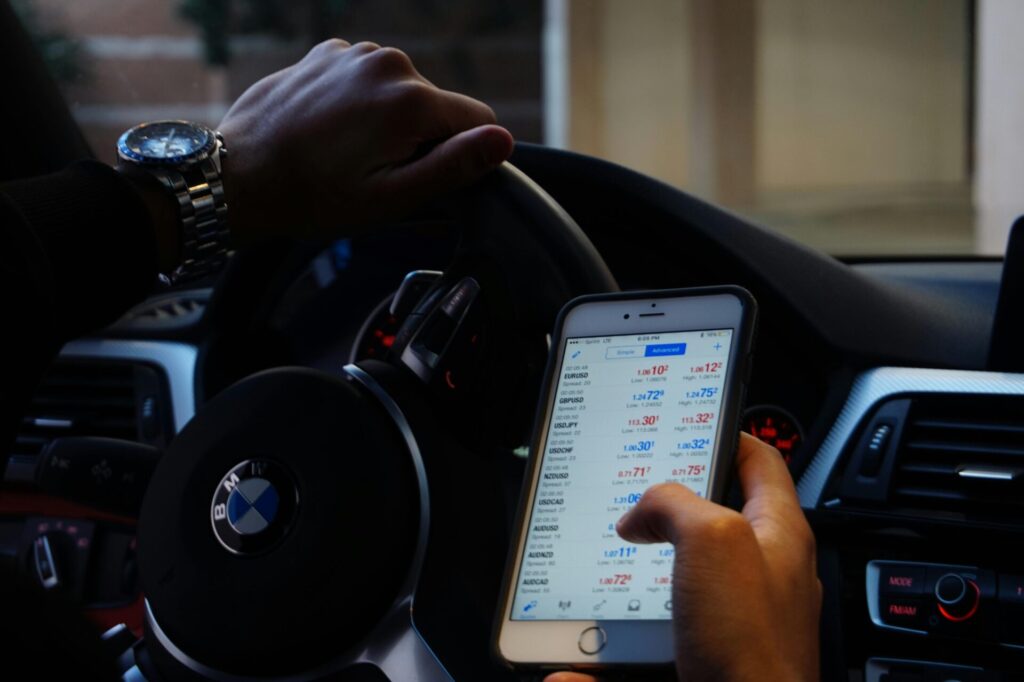
Patience and persistence are essential for:
Developing Expertise: It takes time and practice to become a solid Forex trader. Don’t rush this process.
– Finding ways to keep going: Every trader takes losses. What matters is how you come back from them and what you learn from them.
– Results:
– Long-Term Success: Forex trading is a marathon, not a sprint. It is paramount to be consistent and disciplined and never give up.
Finbok was created for beginner and professional traders.
Here are the reasons why you should start trading with Finbok:
User-friendly Platform: Finbok provides an easy to use platform that allows the new trader to effortlessly get into the Forex markets.
Education Resources: We offer a wide range of educational content, such as webinars, tutorials, and articles to ensure you are well-informed to trade.
A Demo Account lets you practice trading with a virtual account. This is really handy because you can get the hang of Finbok without taking a financial risk.
Customer Support: You can get excellent customer support to help you with any inquiries you may have at any point of your trading journey.
By following these Forex trading tips and using a good broker such as Finbok, you are already on your way to becoming a good trader. The key is patience, persistence, and the ability to learn even more.

